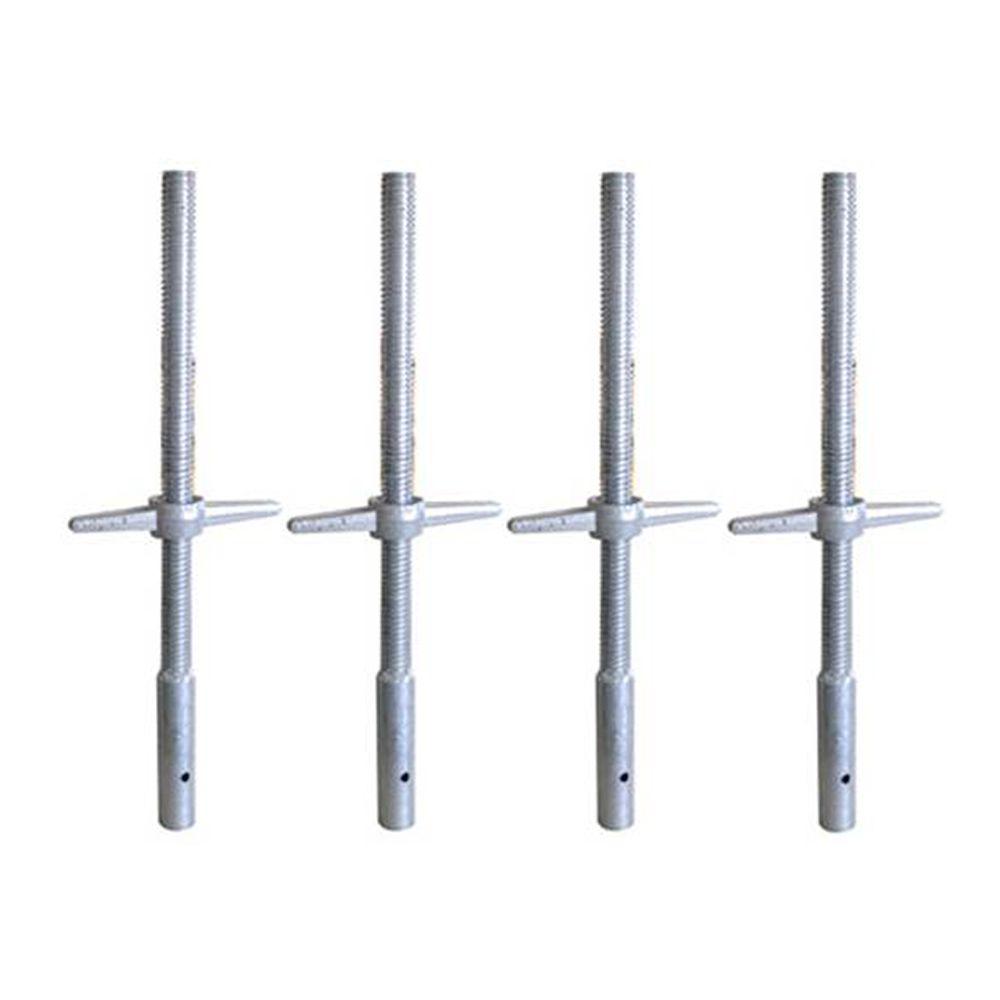
The construction itself is completed in two stages. However, given its effect on contaminated water, the lack of pump components *in* the water itself, and general Dwarven mechanical aptitude, it seems more accurate - and more Dwarfy - to infer the speed of rotation to be high enough that the building actually operates as a Turbopump using the principles of Vacuum distillation to simultaneously transfer and purify water.įor a basic overview of how the different machine parts work and work together, see machinery.īuilding a screw pump requires an enormous corkscrew, a block, and a pipe section. It was inevitable.įrom the components used in construction, a DF pump can be imagined as a simple archimedes screw. Don't believe everything you read, and if you miss some of the references, don't worry. It may include witty humour, not-so-witty humour, bad humour, in-jokes, pop culture references, and references to the Bay12 forums.

This article or section has been rated D for Dwarf. As with desalination, this only works if the cistern has never contained stagnant water.

Stagnant water pumped through a pump will become clean, letting dwarves drink it without getting an unhappy thought and letting doctors clean wounds without causing an infection. Salt water pumped through a pump will desalinate and become drinkable, but only if the cistern has never contained salty water. Pumped fluids will have a pressure equal to the exit z-level - a pump never "forces" water to a higher z-level than the output tile. Pumped fluids can and will flow immediately after being pumped, as normal for that fluid. The "rise" in levels occurs on the first tile, the intake side, from one level below up to the level of the pump*. Pumping only occurs in a straight line, and involves a total of 4 tiles in a row - the liquid source, two for the pump, and the output. The direction you want the fluid to travel must be chosen at the time of construction. It is two tiles by one tile in size, and it can be either manually operated by a dwarf with the pump operator job or by being powered by water wheels and/or windmills. If this is accurate, adding a gear assembly or axle next to the impassible tile that also touches your windmill would power your pump.A screw pump is a small building that can lift liquids ( water or magma) from one level below onto the same Z-level as the pump. I suspect that in your fortress you connected your windmill to the passible tile that the dwarf pumps at and not the impassible tile. A screwpump consumes 10 power from the connecting power train or requires a dwarf to manually pump it to work. The adjacent powered tile can be a powered axle, gear assembly, windmill, waterwheel, or another screwpump. If the touching powered tile/mechanism is on a different Z level (above or below) the pump, the floor between the Z levels must be removed (channeled) to allow power to connect. The pump is powered by a powered tile above, below, or on either side of the pump's "impassible tile".

1/7 fluid depth will not be pumped.Ģ) The passible tile where a dwarf stands to power the pump.ģ) The impassible tile which nether dwarves or fluid can pass through.Ĥ) The output tile where the fluid is pumped to. 1) The input tile where water or magma is pulled from the Z levelīelow.


 0 kommentar(er)
0 kommentar(er)
